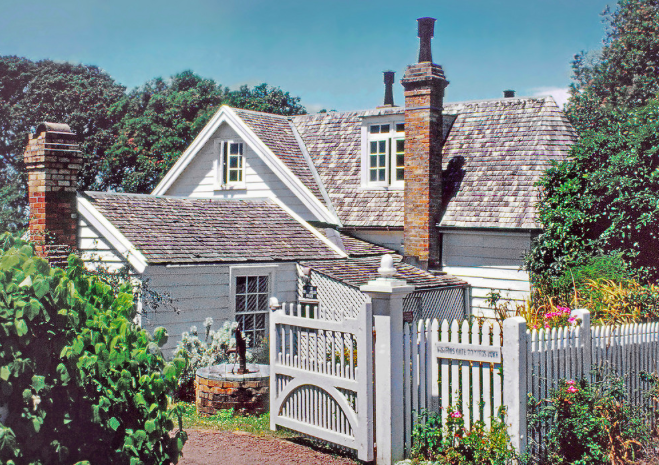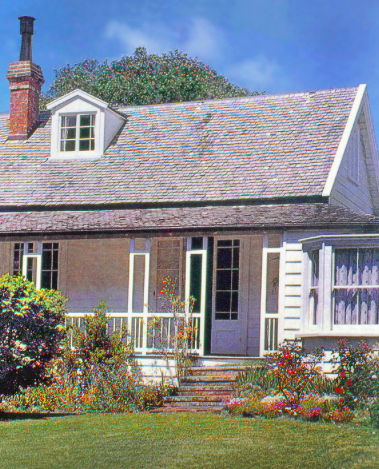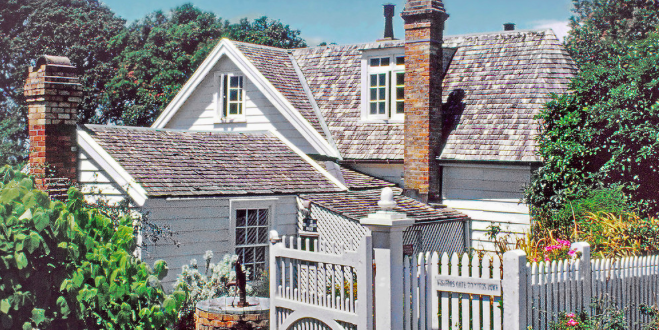 If you flick through a book on colonial houses in New Zealand, you’ll no doubt find one or two that look very familiar. Perhaps more than familiar if you own a villa or bungalow.
If you flick through a book on colonial houses in New Zealand, you’ll no doubt find one or two that look very familiar. Perhaps more than familiar if you own a villa or bungalow.
That’s because – back in the day – the plans for many houses in the villa and bungalow style were ready-made designs that could be chosen from a catalogue. Once you’d picked the design you liked, your builder would build the house according to the specifications outlined in the catalogue.
While some designs were tweaked and given a modicum of individuality, as late as the 1970s only 5% of New Zealand homes were architect designed.
The villa design came about as the development of New Zealand cities and towns demanded more than the single or two-room cottages of pioneer settlement.
It became the favoured design for new houses filling the first suburbs in the colonial towns and villages in the 1880s as urban populations dramatically increased.
The villa was almost the exclusive style in use until its demise at the beginning of World War 1. The earliest villas were simple in form but grew in complexity and decoration over time as the construction industry responded to demand from increasingly affluent consumers.
 The villa’s most distinctive feature was that it was typically constructed almost entirely of timber – including fixtures and fittings – with a metal roof. There are also villas constructed of brick masonry, and some have other types of roofing such as clay tiles or slate.
The villa’s most distinctive feature was that it was typically constructed almost entirely of timber – including fixtures and fittings – with a metal roof. There are also villas constructed of brick masonry, and some have other types of roofing such as clay tiles or slate.
A floor plan and the desired accessories could be chosen from a catalogue by a prospective owner and be assembled from prefabricated elements by the local tradesman builder. Limited documentation was required for the construction of what was, in essence, an assembly of prefabricated parts.
The pre-fab way of approaching building is still popular today with kitset houses offered by many large building companies, including replica colonial designs. There an estimated 85,000 villas throughout New Zealand today and are much prized for their design and use of native wood.









Join the Discussion
Type out your comment here:
You must be logged in to post a comment.